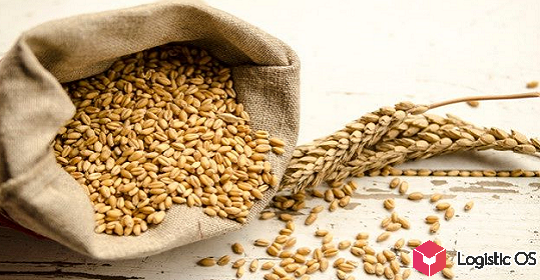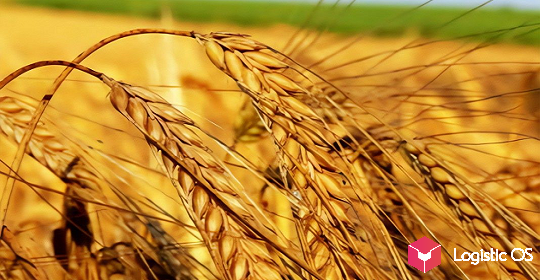The grain harvest in the European Union has been unsatisfactory for the past few years, but the situation may improve slightly in 2025.
Experts predict that the grain harvest in the 27 EU countries this year may reach 275 million tons. This is 7% more than in the previous year, and therefore can be considered a good result.
The components of such success are the growth of sown areas by 2% and an increase in yield by 5%.
As a result, it is expected that soft wheat will be harvested this year by 10% more than in the previous year, barley by 9%, corn and oats by 5%, rye by 3%.
As for hard wheat, expectations are much worse. There are fears that it will be possible to harvest 30% less due to a significant decrease in yield.
Sorghum is also not encouraging: the decline in production may be up to 20%, since the sown area has decreased by a third.
Although Europe as a whole will probably reap a richer harvest than a year ago, compared to the results of the last 5 years, it is at the lower limit of the average. Thus, farmers and governments of European countries continue to remain concerned about this issue.
2025 can be seen as some stabilization after a long decline. But in order to bring the grain harvest in European countries to new records, it will be necessary to spend a lot of time and effort, experts say.
As for oilseeds, the situation is slightly better.
In 2025, a 1% decrease in harvest is expected, but in general, in recent years, the decline in oilseed production has not been observed to the same extent as grain.
It is expected that about 6% more soybeans will be harvested in the current season, including this will be achieved by increasing the sown area under this crop.
Despite the fact that the current season promises results that are at least as good as the previous one, much, as always, will depend on the weather.
Recently, the EU has often had to deal with such phenomena as drought and extreme heat, with some countries in the union suffering particularly from such phenomena.
Another problem is volatile prices for agricultural products, which often prevent producers from receiving the predicted profit.
Analysts assume that in the coming weeks it will be clear how weather conditions in the European Union will affect this season’s harvest.
Based on this, it will be possible to make more accurate forecasts about the harvest that will be collected in a few months.

